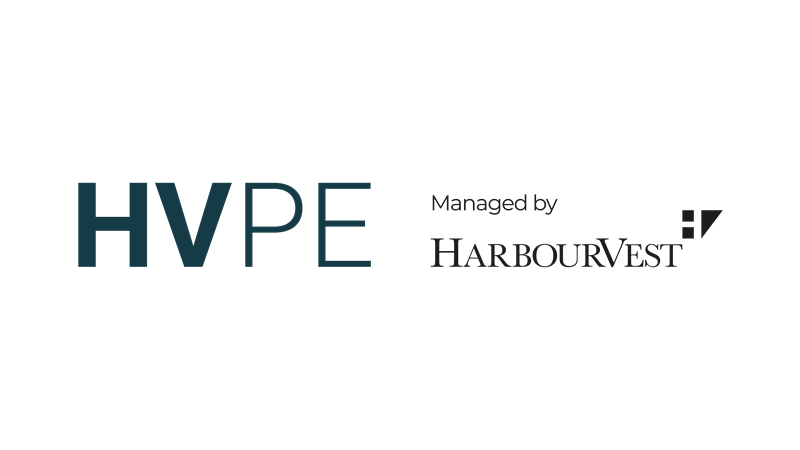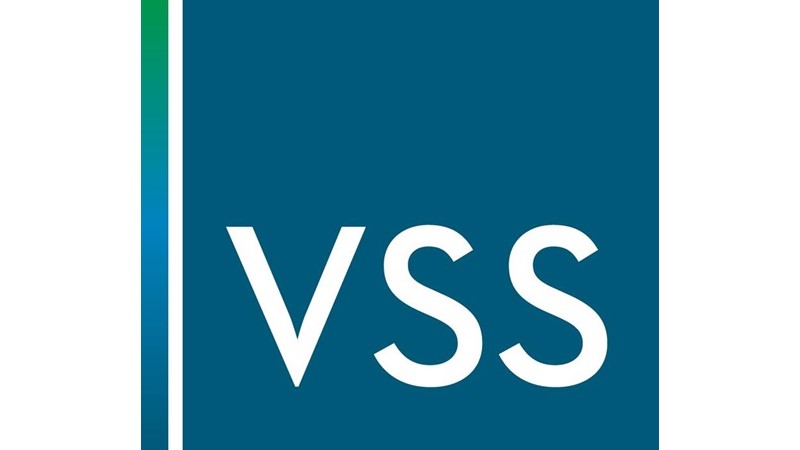Digital Assets Driving Significant Innovation, and Likely to Continue
Digital Assets and the associated technologies now have the foundations in place to drive significant innovation, delegates at the WM Nexus Impact Investing Forum in London, have heard.
Charles Kerrigan, managing partner Finance and Fintech at law firm CMS UK, Haydn Jones, director and Senior Blockchain Market Specialist, PwC UK and Huy Nguyen Trieu, Co-Founder, CFTE, a fintech education platform also discussed the state of play in terms of regulations and the increasing number of use cases being demonstrated around the world.
The session was chaired by Tushar Patel, CIO and managing director at HFIM who asked the panel to set out what they saw as the opportunity from digital assets in terms of impact and business.
Traditional finance now more than passively interested
Kerrigan said that as well as the well-known exchanges and crypto-native service providers that had made crypto a retail phenomenon, traditional financial firms are now interested in crypto and digital assets, even if just to satisfy customer demand.
There are still many questions: is there an investment thesis for crypto and digital assets as a new asset class? Does the underlying technology change existing or create new business models?
“Blockchain can improve efficiencies in financial markets infrastructure, for example through tokenization of capital markets transactions - so incumbents want to get there first. They don't want what they do to be displaced because of a new service provider figures out how to use a new technology before they do,” he said.
He also noted a huge number of other organisations in the sector, including market makers, VCs, data analytics firms, specialist digital asset custodians, and others along with researchers, analysts and other service providers.
Haydn Jones, director and senior blockchain market specialist, PwC UK said: “This is super clever technology, because it does something which no other technology does. Bitcoin allows you to put a store of value on the ledger and move it around. It's very, very clever.”
Foundations are already built
Nguyen Trieu said: “The technology, the architecture, what we call blockchain and distributed ledger technology (DLT) is starting to give us a sound foundation and infrastructure. On top of that, you have the different asset classes. Tokens will be one of the simplest ones, then cryptocurrencies, stablecoins, central bank digital currencies (CBDCs), NFTs. Some of them are starting to be quite mature so we can start to do simple finance, where you can pay, buy, make an exchange.
“On top of that, we're starting to have more complex finance - derivatives, staking, smart contracts. The objective could be DeFi (decentralised finance), creating a different system, not based on the traditional rails, but on these DLT rails. We are not that far, but we can see the direction. The metaverse could do this in a different way, but we can’t forget commerce. One of the end goals should be commerce.”
The panel were asked what is driving innovation.
Jones said: “When you look at a general ledger, Oracle, SAP, Sage, you're looking at a number. That's a numerical representation of a balance in a bank account. To change the balance in my bank account, I've got to execute a payment, usually via BACS, Chaps or Swift. And typically, there's usually a contract tied to the transfer of value between parties.
“So, with this technology, we can take a ledger, and we can programme contracts onto the ledger, that conditionally move money. A contract is a series of ‘if-then’ statements and so is computer code. So, what we have is the ability to put a series of if-then statements on shared ledgers that move value. In terms of democratising money, and taking it out of state control, it is hugely powerful. As to whether that is something we want, is open for debate.
He added that we are still really in the foothills of experimentation. But in terms of automating commerce, for example it gives the ability for big manufacturing companies to capture the provenance of the metals to prove it comes from a sustainable source.
A dilemma for banks
Kerrigan said high street banks generally had a policy that they didn’t touch crypto or bank firms that do. But most consumer-facing businesses now have an NFT project or a Metaverse project.
“There is a smaller and smaller number of traditional corporations that are not now touching crypto in some way. So that is another reason why the banks are checking their policy on crypto – they don’t want to refuse to deal with existing non-crypto corporate customers!”
The development of CBDCs is another significant trend in crypto adoption. Libra, Facebook’s digital currency project, had a significant impact not because it happened, but because it prompted central banks to move forward their own projects. The result is that there is now a lot of institutional and policy support and interest.
A zero-trust system
Nguyen Trieu said it was important not to forget that one driver was the 2008 financial crash where people didn’t trust the traditional financial system anymore.
“At the end of the day, it's democratisation of finance. It really started in 2008, where a lot of people after the financial crisis didn't really trust the traditional financial system anymore.”
“A lot of people who are involved in the space want something outside of the traditional financial system. Now, we can create a zero-trust system. And that's why this is such an interesting innovation, and you have so many people doing it.”
The Panel was asked what problem blockchain solved.
Jones said he believed the single and most probable use case for blockchain is Bitcoin. That is because it can act as a global currency without all the technical and regulatory requirements of other platforms.
“Within the space of a minute, I can open a public address with a private key that is unique to me. There are more public/private key combinations in Bitcoin than there are atoms in the universe. That's immensely powerful. I can spin up a public address, I can have some Bitcoin in it, I can send it within minutes, anywhere in the world, and I don’t need a central bank. People are attracted to that.”
“We can also run big corporates using this technology. We can secure intellectual property, music royalties. We'll see this next generation of companies that come through when people realise what they can do, and they can build big corporates that have very little in them other than smart contracts on general ledgers.”
Innovation at the level of a system
Nguyen Trieu added: “What we're really solving is what I call system innovation. How do we innovate at the level of a system?”
Singapore for example has launched OpenCerts, a system where certificates and diplomas are validated on Ethereum and where collaborative work that may have taken a few years is done in a few months.
An initiative by Union Bank of the Philippines allowed lots of rural banks which couldn’t send money from village to village to suddenly be able to link to each other.
“It was something they could do very quickly, because it leverages on the technology that allows for trust in the system, and trust at the level of a participant. We will see much more of this kind of innovation.”
Jones said that one problem with digital currencies is that they are not state-backed – if they get into problems, the Governor of the Bank of England is not going to pick up the phone and intervene. But CBDCs might offer a route with stablecoins as a bridge.
“The bridge might allow you to then plug in smart contracts from a company like Amazon or LexisNexis where you just download smart contracts and plug them into a stablecoin, and then build businesses off that.”
What of regulation?
Kerrigan said: “Regulation is different in every jurisdiction. The technology is extraterritorial so firms need a plan to deal with rules in different countries.
In the UK, there isn't much direct cryptoasset regulation but all the usual rules apply: is a cryptoasset a security - because if it is, you need a prospectus or an exemption to issue it? How can it be marketed - the financial promotions rules apply? How to comply with anti-money laundering rules. And the rest…”
© The Sortino Group Ltd
All Rights Reserved. No part of this publication may be reproduced, stored in a retrieval system or transmitted in any form or by any means, electronic, mechanical, photocopying, recording or scanning or otherwise, except under the terms of the Copyright, Designs and Patents Act 1988 or under the terms of a licence issued by the Copyright Licensing Agency or other Reprographic Rights Organisation, without the written permission of the publisher. For more information about reprints from AlphaWeek, click here.







